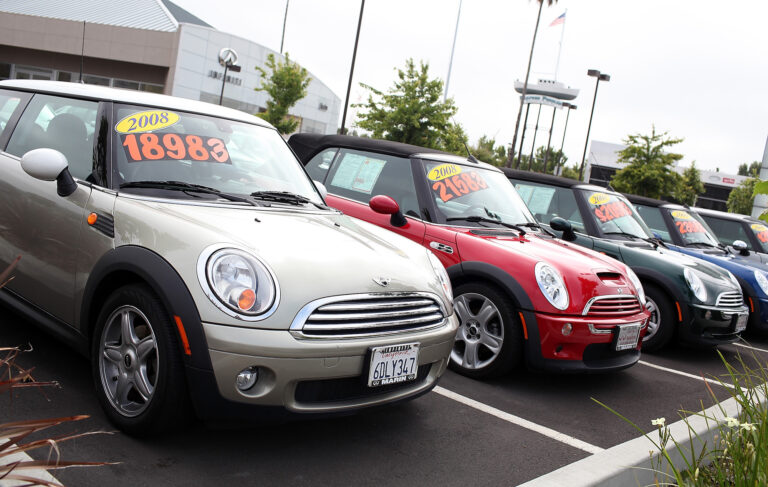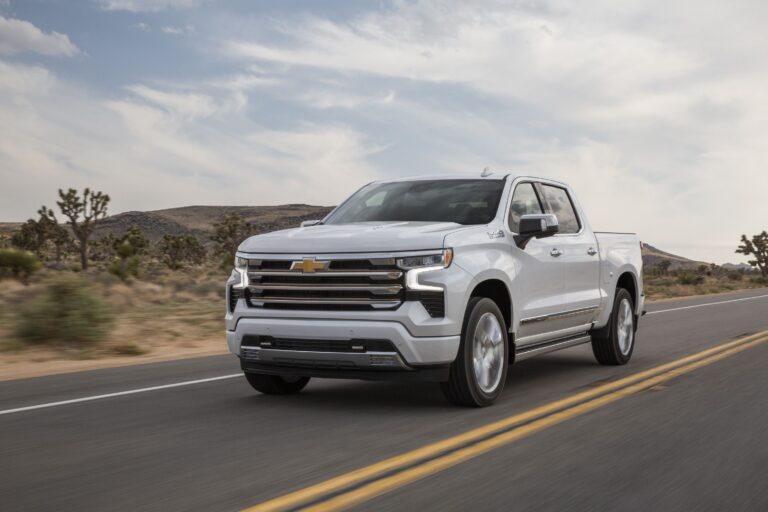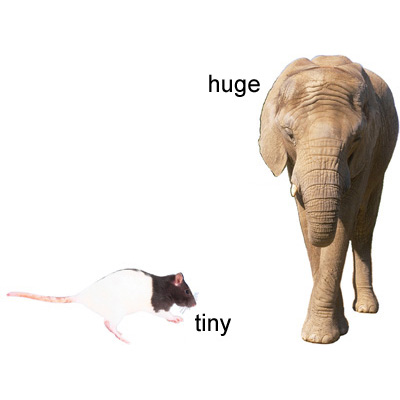1930s Chevy Trucks For Sale: A Timeless Pursuit of Automotive History
1930s Chevy Trucks For Sale: A Timeless Pursuit of Automotive History cars.truckstrend.com
The roar of an engine, the glint of polished chrome, and the unmistakable silhouette of a bygone era – for many automotive enthusiasts, the allure of a classic truck is irresistible. Among these vintage gems, 1930s Chevy trucks hold a particularly cherished place. More than just vehicles, these trucks are rolling pieces of American history, embodying the spirit of resilience, innovation, and hard work that defined a decade marked by profound change. Owning a 1930s Chevy truck isn’t merely about acquiring a mode of transport; it’s about preserving a legacy, embarking on a passionate project, or simply enjoying the unique charm of a vehicle built to last.
This comprehensive guide delves into the fascinating world of 1930s Chevy trucks for sale, offering insights for the curious newcomer and the seasoned collector alike. From understanding their enduring appeal and identifying key models to navigating the purchasing process and tackling the challenges of ownership, we aim to provide a roadmap for anyone considering bringing one of these magnificent machines home.
1930s Chevy Trucks For Sale: A Timeless Pursuit of Automotive History
The Enduring Appeal of 1930s Chevy Trucks
Why do these venerable workhorses continue to captivate hearts and imaginations nearly a century after their creation? The reasons are multifaceted:
- Iconic Design and Aesthetics: The 1930s saw significant evolution in automotive styling. Early 30s Chevy trucks retained a rugged, utilitarian aesthetic, while mid-to-late 30s models, particularly from 1936 onwards, began to incorporate the streamlined, Art Deco influences prevalent in passenger cars. Their distinctive grilles, flowing fenders, and robust stances exude a timeless charm that modern vehicles simply cannot replicate.
- Historical Significance: These trucks were the backbone of America during the Great Depression. They hauled goods, supported businesses, and helped families survive. Owning one is a tangible connection to an era of immense hardship and inspiring perseverance.
- Rugged Durability: Built to endure the demanding conditions of their time, these trucks were engineered with simplicity and strength in mind. Their inline-six "Stovebolt" engines are legendary for their reliability and ease of maintenance, making them relatively approachable for restoration or continued use.
- Simplicity for Restoration and Customization: Compared to more complex modern vehicles, the mechanical and electrical systems of 1930s Chevy trucks are relatively straightforward. This makes them ideal candidates for enthusiasts who enjoy hands-on restoration, or for those looking to create a "restomod" that blends classic looks with modern comfort and performance.
- Strong Community and Aftermarket Support: A vibrant community of 1930s Chevy truck owners, restorers, and parts suppliers exists. This robust support network makes finding parts, technical advice, and even camaraderie much easier than for many other vintage vehicles.
- Investment Potential: While not all classic vehicles appreciate significantly, well-maintained, restored, or thoughtfully customized 1930s Chevy trucks often hold or increase their value, making them not just a hobby, but potentially a sound investment.

Key Models and Characteristics (1930-1939)
The 1930s saw several distinct generations of Chevy trucks, each with its own unique characteristics:
- Early 1930s (1930-1932): These models, often part of the "Universal" or "Independence/Confederate" series, are characterized by their more upright, angular cabs, exposed radiators, and simpler styling. They were built as pure work vehicles, robust and unadorned. The famous "Stovebolt Six" engine, introduced in 1929, was the standard powerplant.
- Mid-1930s (1933-1935): With models like the "Standard" and "Master" series, Chevrolet began to integrate more styling cues from its passenger car line. Cabs became slightly more refined, with improved comfort and aesthetics. Fenders started to flow more gracefully, and grilles became more distinctive. These years represent a transition from purely utilitarian to a blend of form and function.
- Late 1930s (1936-1939): This period, particularly the "AK Series" introduced in 1939, saw significant advancements. The 1936-38 models introduced the iconic "Art Deco" styling, with more rounded lines, integrated headlights, and sleeker profiles. The 1939 AK series marked a significant departure, being the first Chevrolet trucks to feature an all-steel roof (no more wood framing in the cab) and a more modern, integrated design. These late-30s trucks are highly sought after for their classic yet sophisticated appearance.
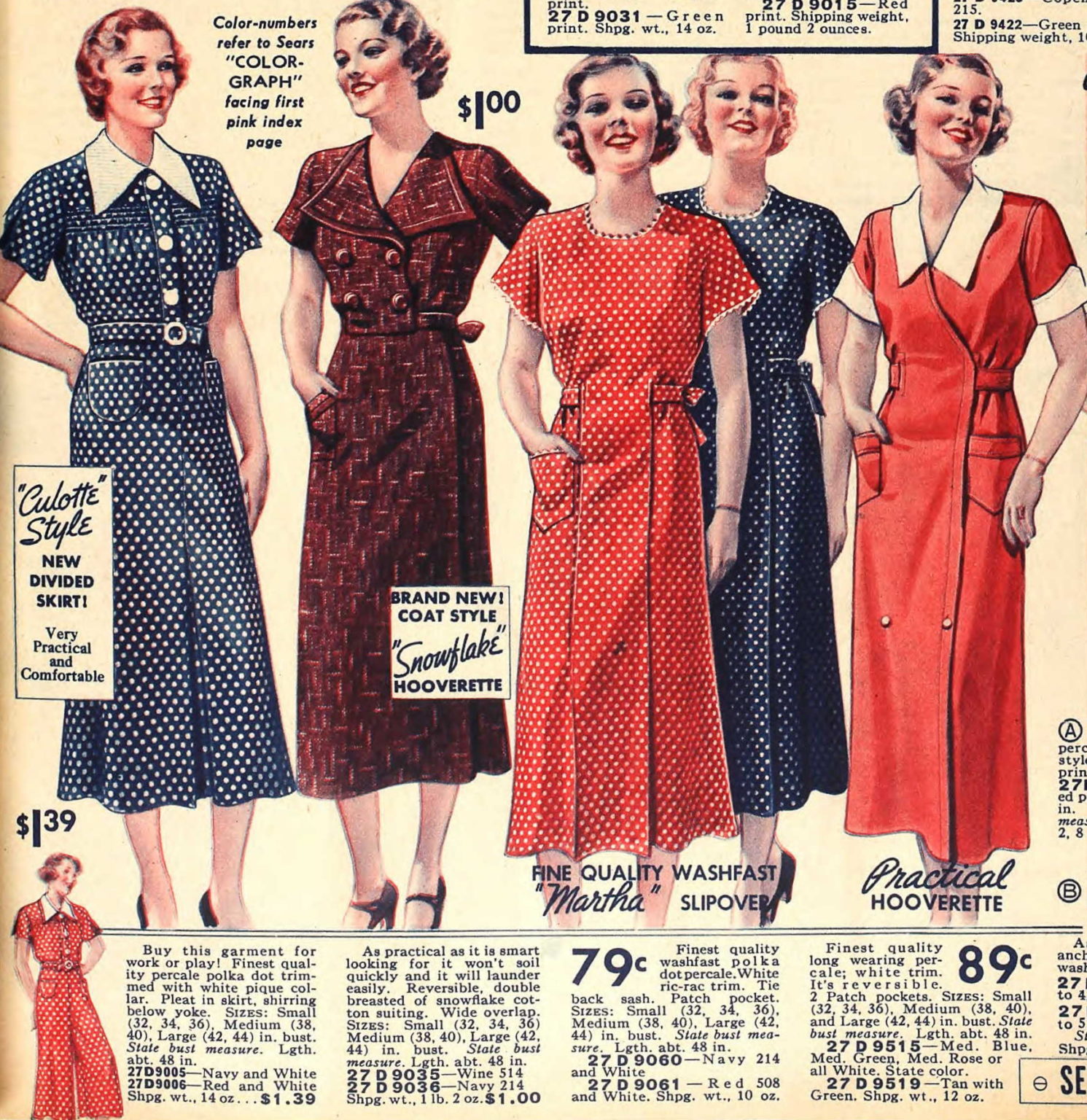
Common body styles across the decade included the ubiquitous pickup, but also panel trucks (popular for deliveries), stake beds, flatbeds, and chassis cabs that could be fitted with custom bodies.
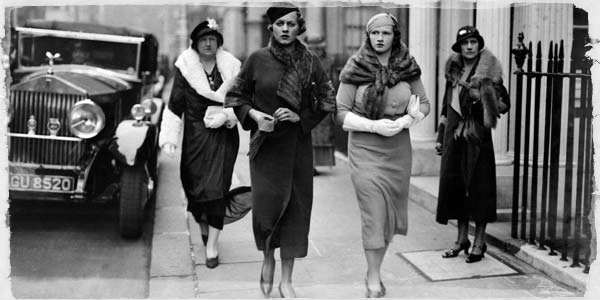
Where to Find 1930s Chevy Trucks For Sale
The hunt for your perfect 1930s Chevy truck can be an exciting adventure. Here are the primary avenues to explore:
- Online Marketplaces & Auction Sites:
- Hemmings Motor News (hemmings.com): A premier source for classic vehicles, offering a wide range of conditions from project trucks to concours-ready restorations.
- ClassicCars.com: Another excellent dedicated platform for vintage vehicles.
- eBay Motors: While a mixed bag, you can find anything from rusty barn finds to partially restored trucks. Be cautious and verify listings thoroughly.
- Bring a Trailer (bringatrailer.com): Known for curated auctions of higher-quality classics, you’ll often find beautifully restored or restomodded examples here.
- Specialty Forums & Facebook Groups: Many online communities dedicated to vintage Chevrolet trucks have "for sale" sections. These often offer valuable insights and direct connections with fellow enthusiasts.
- Auction Houses: Major auctioneers like Mecum Auctions and Barrett-Jackson occasionally feature high-end, professionally restored 1930s Chevy trucks. These are typically for serious collectors with substantial budgets.
- Local Sources:
- Auto Swap Meets & Car Shows: These events are treasure troves for finding project vehicles, parts, and often trucks for sale by private owners. You can inspect them in person and talk directly with the seller.
- Local Classifieds & Word-of-Mouth: Don’t underestimate the power of local advertising or simply letting friends and mechanics know you’re looking. Hidden gems often surface this way.
- Specialized Dealerships & Restoration Shops: Some businesses specialize in selling and restoring vintage trucks. While prices may be higher, you often get a thoroughly vetted vehicle or a turn-key restoration.
Evaluating a 1930s Chevy Truck: Important Considerations
Before committing to a purchase, a thorough evaluation is crucial. The condition of these nearly century-old vehicles can vary dramatically.
- Rust: The Number One Enemy: Inspect the frame, cab corners, floor pans, fender mounts, and bed for rust. Surface rust is manageable, but extensive rot (especially in structural areas) can be incredibly costly to repair. Look for evidence of bondo covering rust.
- Engine & Drivetrain:
- Original "Stovebolt Six" vs. Engine Swap: Decide if originality is important. If original, check for oil leaks, knocking sounds, blue smoke (oil burning), and overall running condition. If swapped, verify the quality of the installation.
- Transmission & Differential: Check for grinding, difficulty shifting, and excessive noise.
- Body & Paint: Look for dents, previous accident damage, poor bodywork, and the quality of the paint job. A fresh paint job might hide issues.
- Interior: Assess the completeness and condition of the dashboard, gauges, seats, and door panels. Original parts can be hard to find.
- Chassis, Suspension & Brakes: Inspect springs, shocks (if present), steering components, and brake lines. Many older trucks had mechanical brakes, and upgrading to hydraulic or disc brakes is a common and recommended safety modification.
- Electrical System: Original 6-volt systems can be finicky. Many owners convert to 12-volt for easier starting and modern accessory compatibility. Ensure wiring is sound and not frayed or spliced haphazardly.
- Originality vs. Customization:
- Restored-to-Original: Commands the highest prices for purists, requiring meticulous attention to detail and correct parts.
- Driver Quality: A solid, running truck that can be enjoyed as-is, perhaps with some cosmetic flaws.
- Restomod/Hot Rod: Modern engine, suspension, brakes, and comfort features. These offer modern driveability with classic looks but are significantly modified.
- Documentation: A clear title is essential. Any history, maintenance records, or restoration logs add significant value and peace of mind.
- Budget: Beyond the purchase price, factor in potential restoration costs, parts, transportation, and classic car insurance.
The Buying Process: Tips for Prospective Owners
- Define Your Goal & Budget: Are you looking for a show truck, a weekend driver, or a full-blown restoration project? This will dictate your budget and the type of truck you should seek.
- Research Thoroughly: Understand the specific model years you’re interested in, their common issues, and part availability.
- Inspect in Person (Always!): Pictures can be deceiving. If you can’t inspect it yourself, hire a reputable classic car appraiser or mechanic specializing in vintage vehicles.
- Ask Detailed Questions: Inquire about the truck’s history, any previous repairs, current mechanical issues, and why the seller is parting with it.
- Be Prepared for Hidden Costs: Even a seemingly "turn-key" classic can have unforeseen issues. Factor in a contingency fund.
- Negotiate Respectfully: Most sellers expect some negotiation. Be fair, and base your offer on the truck’s condition and market value.
- Arrange Transport: Unless it’s a running, road-legal driver, you’ll need a flatbed tow truck or trailer for transport.
- Secure Classic Car Insurance: Standard auto insurance may not adequately cover a vintage vehicle. Look for specialized classic car insurance providers.
Restoration vs. Driver: What to Expect
The path you choose for your 1930s Chevy truck will largely determine your experience:
- Full Restoration: This is a labor of love, requiring significant time, specialized skills, and substantial financial investment. It involves disassembling the truck, repairing or replacing every component, and restoring it to original (or better-than-original) condition. It’s immensely rewarding but can take years and tens of thousands of dollars.
- Driver Quality: These trucks are operational and can be enjoyed without a full tear-down. They might have minor cosmetic flaws or non-original components, but they are reliable enough for weekend cruises. Maintenance will be ongoing, and you might consider safety upgrades like modern brakes or turn signals.
- Restomod: This increasingly popular option blends the classic aesthetics of a 1930s truck with modern mechanicals and conveniences. Think modern V8 engine, automatic transmission, power steering, disc brakes, air conditioning, and a comfortable interior. Restomods offer the best of both worlds – classic looks with modern driveability and reliability – but they also involve extensive customization and significant cost.
Challenges and Solutions
- Parts Availability: While many common parts are reproduced, finding specific original or NOS (New Old Stock) components can be challenging.
- Solution: Utilize specialty classic Chevy truck parts suppliers, join online forums for leads, and be open to fabrication or adapting parts.
- Mechanical Knowledge: These trucks operate differently from modern vehicles.
- Solution: Invest in original service manuals, join owner clubs, find mechanics specializing in vintage vehicles, or embrace learning DIY mechanics.
- Rust Repair: Extensive rust can be daunting.
- Solution: For severe cases, professional body shops are necessary. For smaller areas, learn welding and bodywork techniques, or seek out pre-fabricated patch panels.
- Safety Upgrades: Original braking, steering, and lighting systems may not meet modern standards.
- Solution: Aftermarket conversion kits for disc brakes, power steering, and 12V electrical systems are widely available. Prioritize safety, especially if you plan to drive the truck regularly.
Price Guide for 1930s Chevy Trucks For Sale
Prices for 1930s Chevy trucks vary dramatically based on year, model, rarity, and most importantly, condition. The table below provides a general range, but it’s crucial to remember that these are estimates.
| Model Year Range | Condition (Description) | Estimated Price Range (USD) | Notes |
|---|---|---|---|
| 1930-1935 | Barn Find / Project | $5,000 – $15,000 | Non-running, significant rust, missing parts, full restoration required. |
| Driver Quality / Running | $15,000 – $35,000 | Operational, cosmetic flaws, possibly minor mechanical issues, suitable for regular driving with TLC. | |
| Nicely Restored / Restomod | $35,000 – $60,000+ | High-quality restoration or professional restomod, excellent paint, clean interior, reliable. | |
| 1936-1939 | Barn Find / Project | $7,000 – $20,000 | Non-running, heavy rust, incomplete, full restoration required. |
| Driver Quality / Running | $20,000 – $45,000 | Good running condition, minor cosmetic wear, ready to enjoy as-is. | |
| Nicely Restored / Restomod | $45,000 – $90,000+ | Show-quality restoration or custom build, often with modern amenities and performance. |
Disclaimer: These prices are approximate and can fluctuate based on market demand, specific model (e.g., rarer body styles), geographical location, and the quality of any customization or restoration work. High-end, professionally built show trucks or highly desirable restomods can easily exceed the higher end of these ranges.
Frequently Asked Questions (FAQ)
Q: Are parts readily available for 1930s Chevy trucks?
A: Yes, many common mechanical and body parts are reproduced by specialized aftermarket suppliers. However, very specific trim pieces or unique components for rarer models might require searching through swap meets, online forums, or even custom fabrication.
Q: How much does it cost to restore a 1930s Chevy truck?
A: A full, professional, frame-off restoration can easily cost anywhere from $30,000 to well over $100,000, depending on the truck’s initial condition, the desired level of originality, and whether you do some work yourself. A "driver quality" restoration or mechanical overhaul might be less, but still significant.
Q: Can a 1930s Chevy truck be a daily driver?
A: While mechanically possible, it’s generally not recommended for a stock 1930s truck due to lack of modern safety features (e.g., airbags, ABS), slower speeds, and basic comfort. However, a well-executed "restomod" with modern engine, brakes, and suspension can certainly be a reliable and comfortable daily driver.
Q: What’s the "Stovebolt Six"?
A: The "Stovebolt Six" refers to Chevrolet’s durable and reliable inline-six cylinder engine, first introduced in 1929. Its nickname came from the large, exposed cylinder head nuts that resembled the bolts on old wood-burning stoves. It was the backbone of Chevy trucks for decades.
Q: Is a 6V to 12V conversion necessary?
A: Not strictly necessary if the original 6V system is in good condition. However, a 12V conversion (swapping battery, generator/alternator, starter, and light bulbs) makes for easier starting, brighter lights, and compatibility with modern accessories like radios or phone chargers. It’s a very common and recommended upgrade.
Q: What’s the difference between a "restoration" and a "restomod"?
A: A restoration aims to bring the vehicle back to its original factory condition, using period-correct parts and finishes. A restomod (restored + modified) maintains the classic exterior aesthetics but incorporates modern mechanical components (engine, transmission, suspension, brakes) and comfort features for improved performance, reliability, and drivability.
Conclusion
The pursuit of a 1930s Chevy truck for sale is more than just a transaction; it’s an entry into a world of history, craftsmanship, and passionate community. Whether you dream of a meticulously restored showpiece, a reliable weekend cruiser, or a customized restomod that blends vintage charm with modern prowess, these trucks offer a unique and rewarding experience. They are testaments to an era of enduring design and engineering, and owning one allows you to be a custodian of that legacy. With careful research, a clear understanding of your goals, and a willingness to embrace the journey, you can indeed find and enjoy your own piece of American automotive history. The open road, beckoning with the echoes of the past, awaits.

